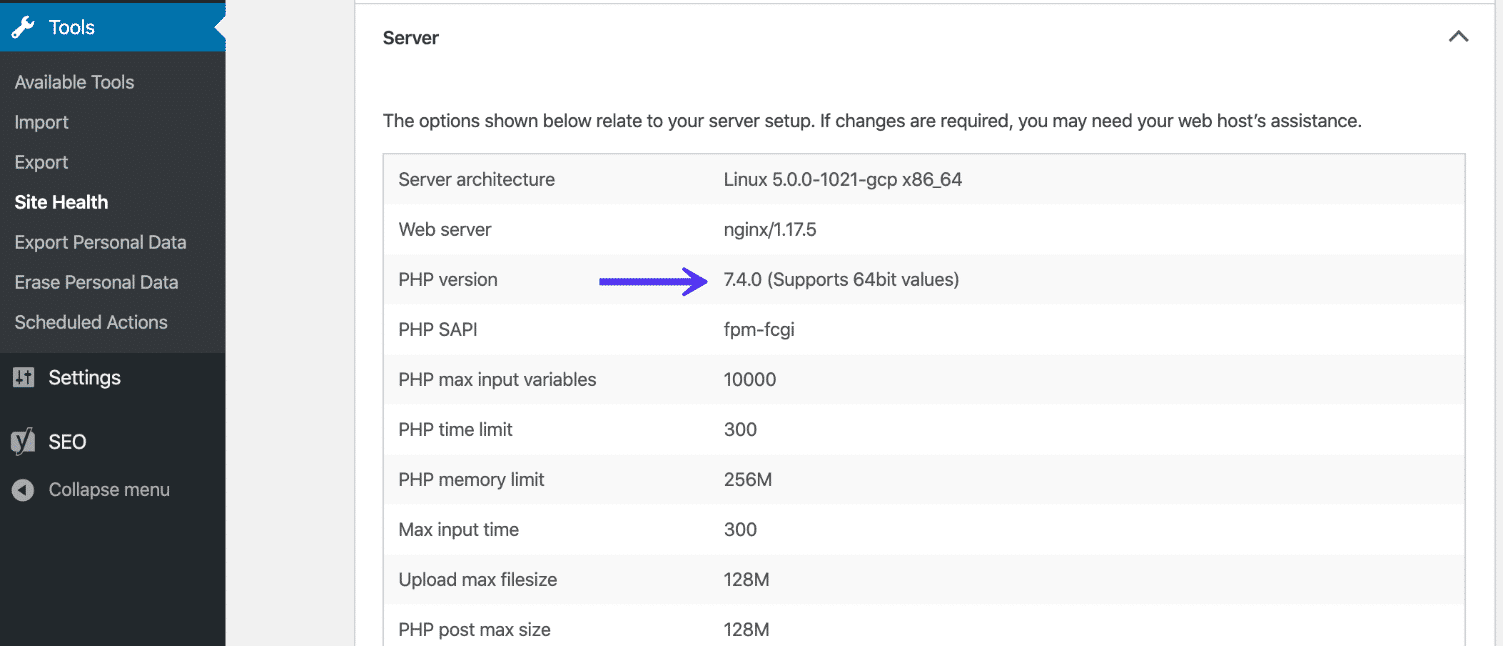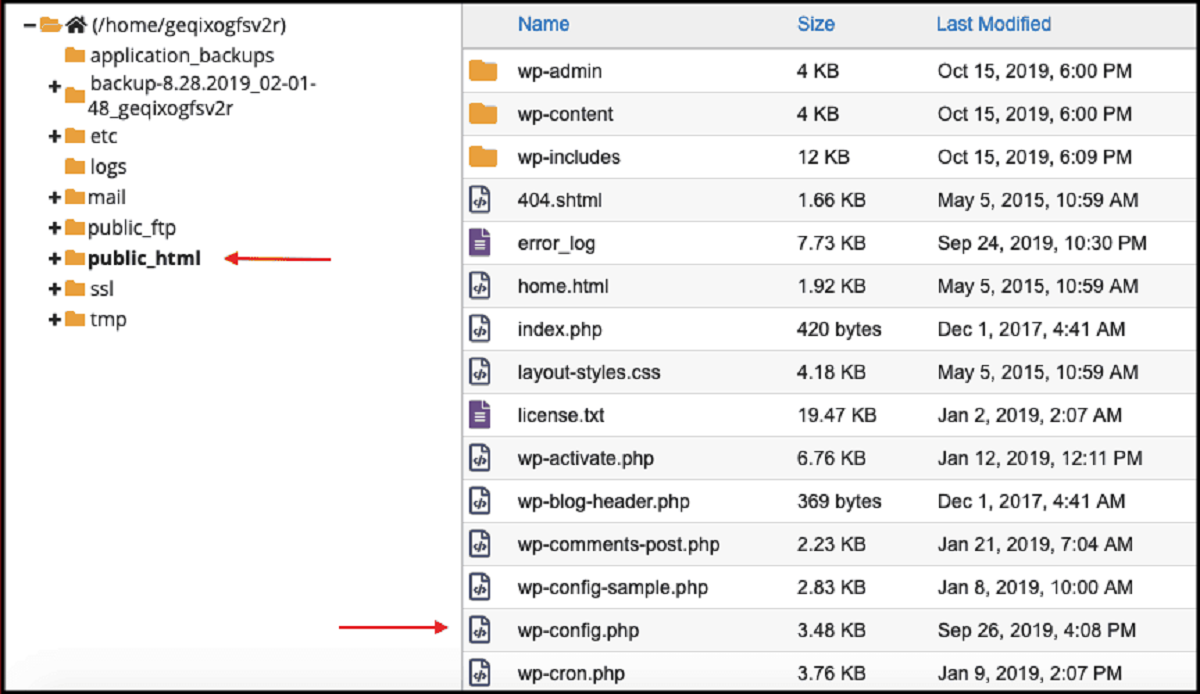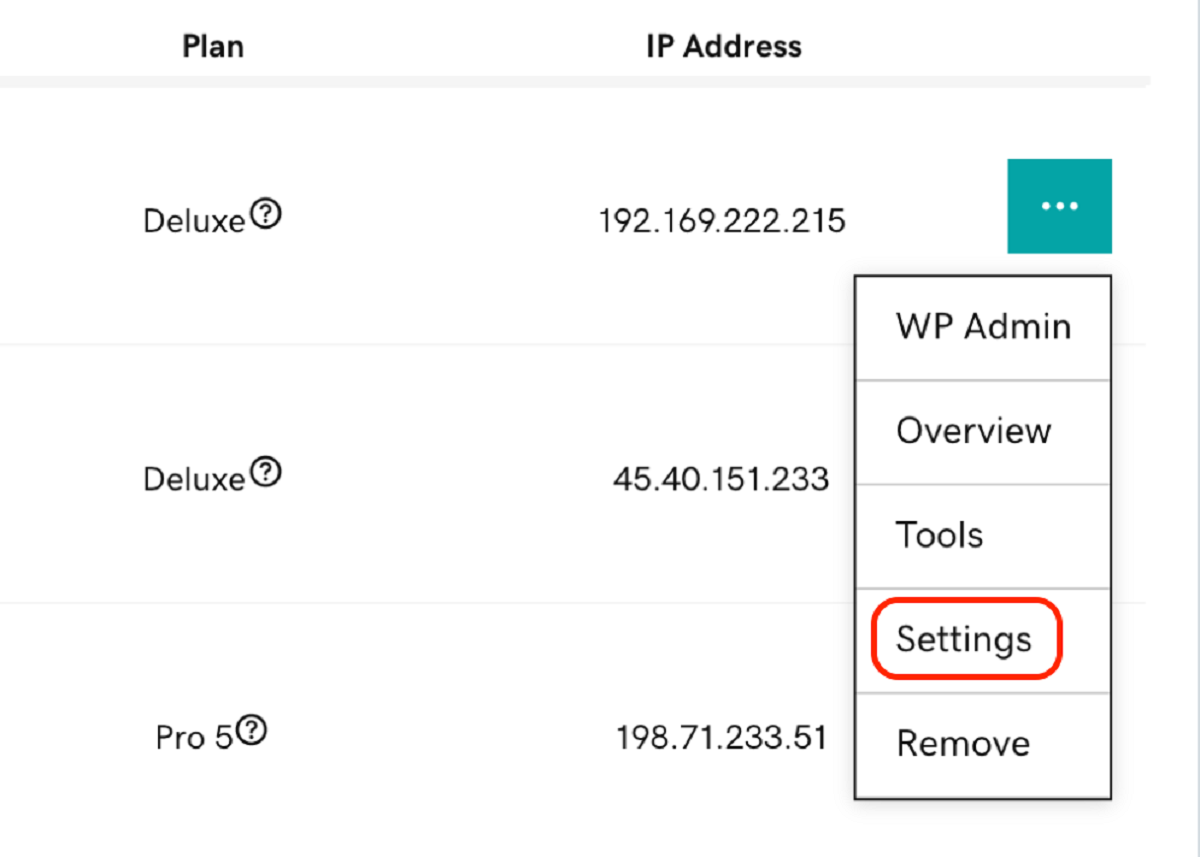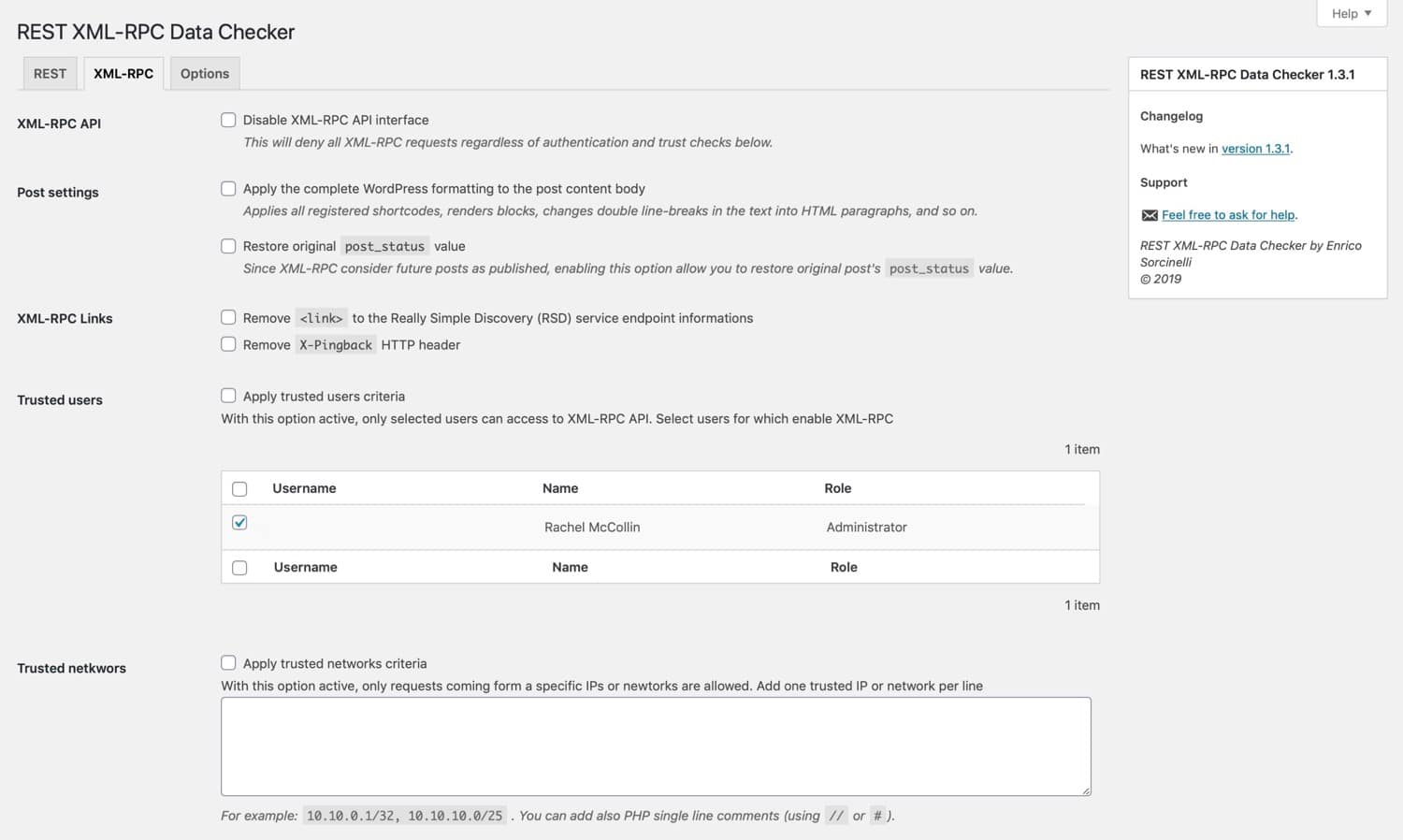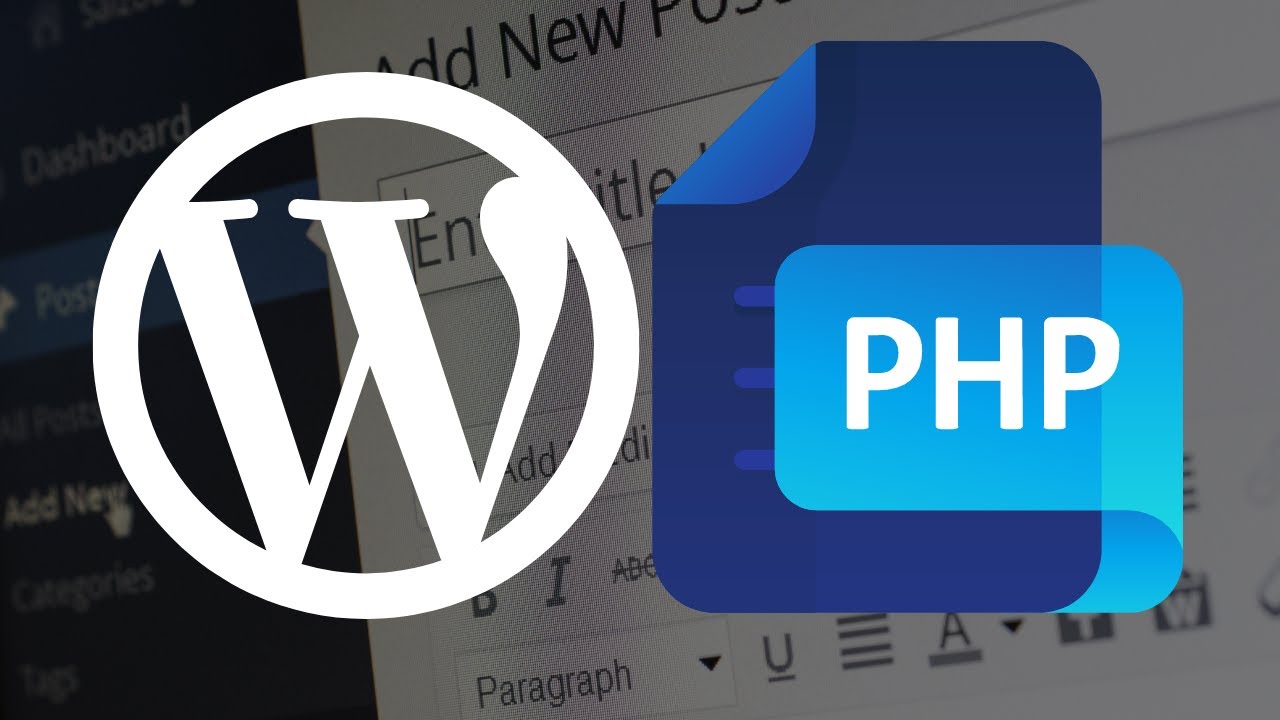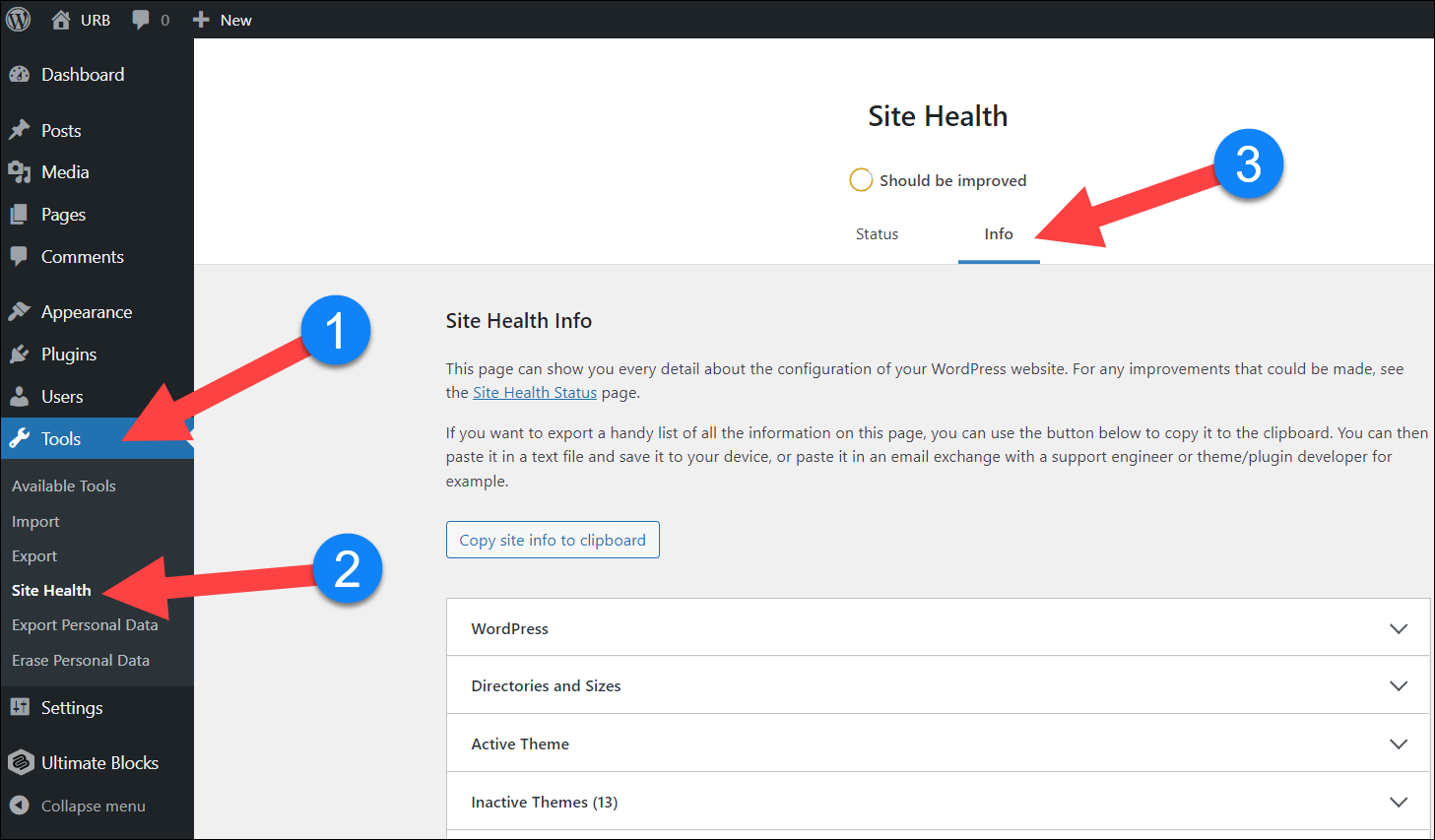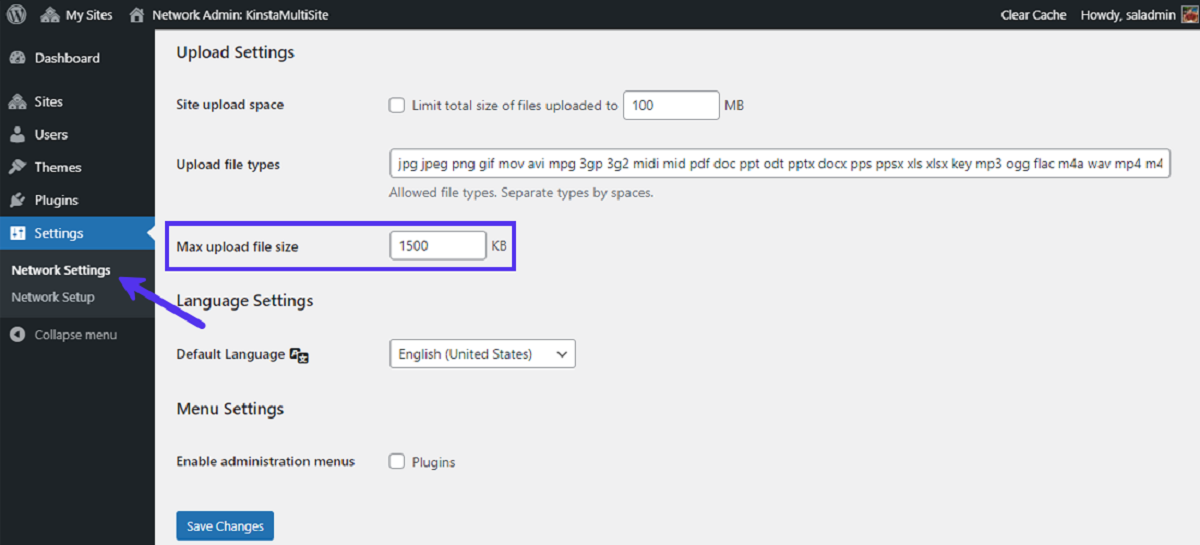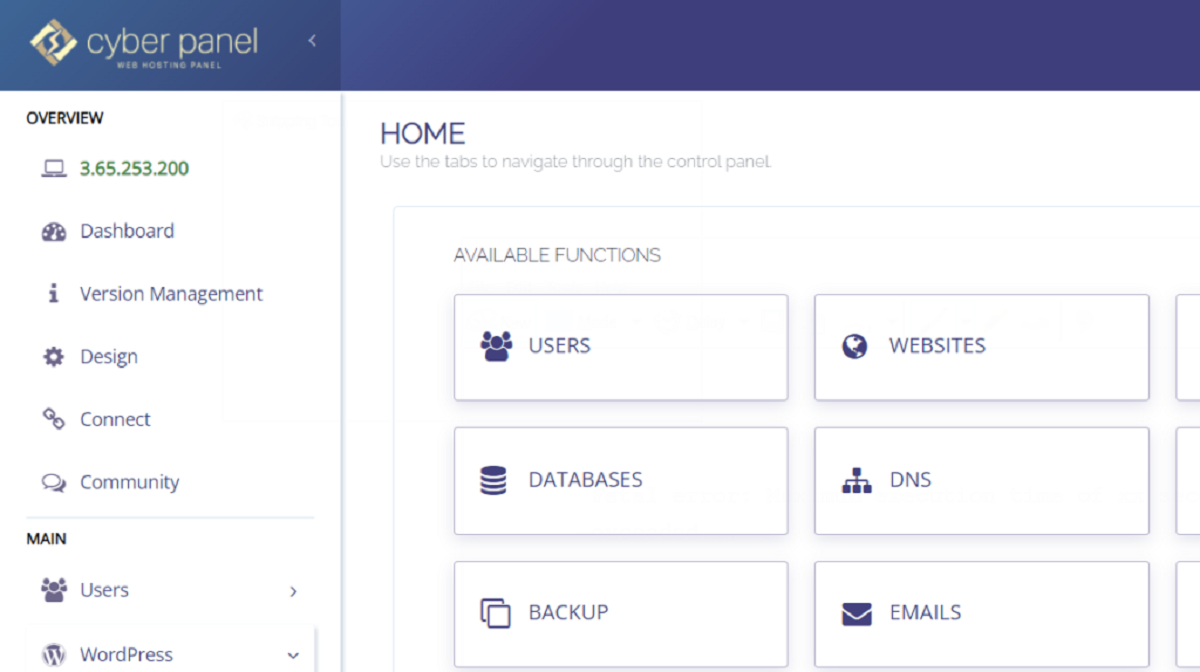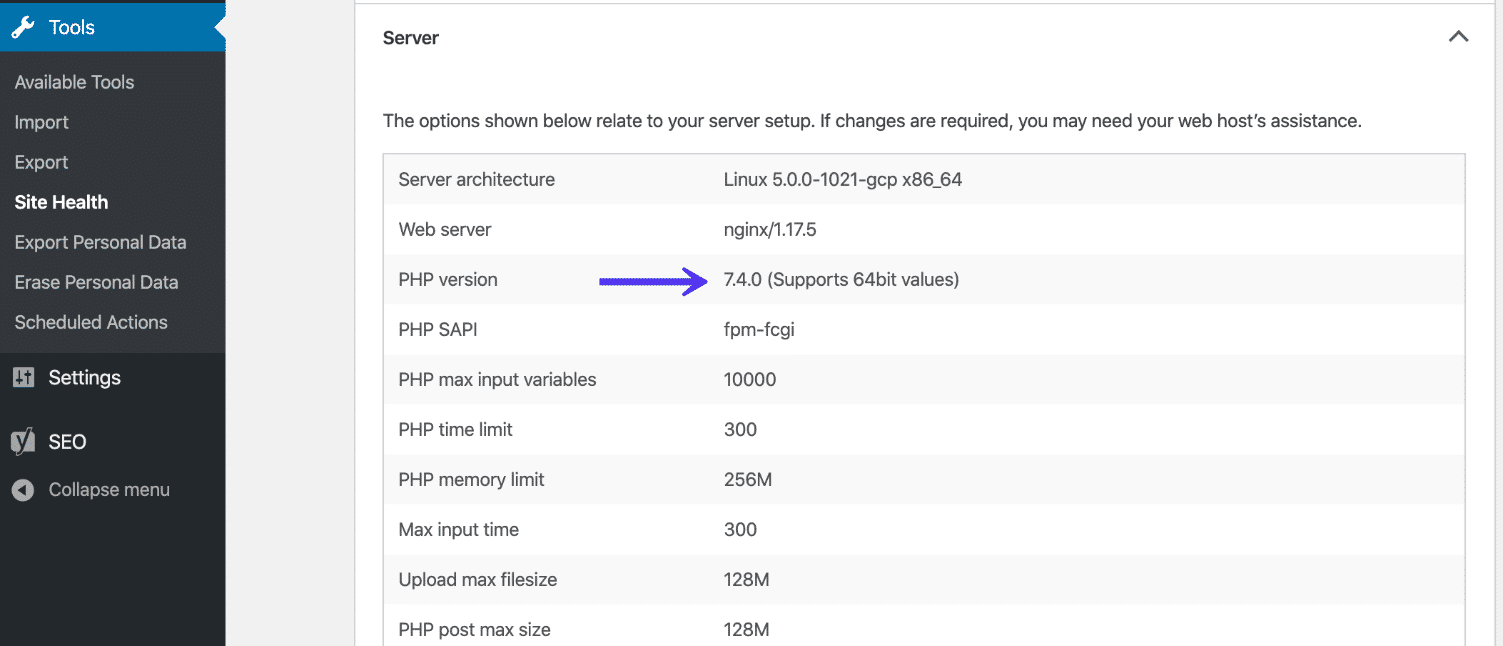Introduction
WordPress is one of the most popular content management systems in the world, powering millions of websites. It is known for its flexibility, user-friendly interface, and the ability to customize websites with plugins and themes. However, to ensure the security, performance, and compatibility of your WordPress site, it is important to keep all the components up to date, including the PHP version you are using.
PHP (Hypertext Preprocessor) is a scripting language that WordPress is built on. It serves as the foundation for executing code and displaying dynamic content on your website. It is crucial to update PHP regularly to take advantage of the latest features, bug fixes, and security enhancements.
In this article, we will discuss why you should update PHP in WordPress, how to check your current PHP version, and provide a step-by-step guide for updating PHP on your WordPress site. We will also cover common issues that may arise during the update process and offer troubleshooting tips.
By the end of this article, you will have a clear understanding of the importance of updating PHP in WordPress and be equipped with the knowledge to perform the update with confidence.
Why should you update PHP in WordPress?
Keeping your PHP version up to date is crucial for several important reasons:
- Security: Each PHP version release includes important security updates and patches. By updating to the latest PHP version, you ensure that your website is protected against known vulnerabilities and exploits. Since outdated PHP versions are more susceptible to attacks, it is essential to stay up to date to maintain a secure website.
- Performance: Newer versions of PHP often come with performance improvements and optimizations. These improvements can significantly enhance the speed and overall performance of your WordPress site. By updating PHP, you can take advantage of these optimizations and ensure that your website runs efficiently.
- Compatibility: WordPress core, themes, and plugins are regularly updated to work with the latest PHP versions. If you are running an outdated PHP version, you may encounter compatibility issues that could lead to broken functionality or even site errors. Updating PHP ensures compatibility with the latest WordPress features and plugins, providing a seamless experience for your users.
- Feature enhancements: New PHP versions often introduce new features and functionalities that can enhance your development and coding capabilities. By staying up to date with PHP, you can leverage these features to improve the functionality and user experience of your WordPress site.
Given these reasons, it is evident that updating PHP in WordPress is crucial for maintaining a secure, high-performing, and compatible website. Proceed to the next section to learn how to check your current PHP version.
How to check the current PHP version of your WordPress site?
Before updating PHP on your WordPress site, you need to determine the current PHP version it is running on. You can check the PHP version in two ways:
- Using a WordPress plugin: One of the easiest ways to check your PHP version is by using a plugin. There are several plugins available in the WordPress plugin repository that can display the PHP version in your site’s dashboard. One popular plugin for this purpose is “Display PHP Version.” Simply install and activate the plugin, and it will show you the PHP version on your WordPress dashboard.
- Manual method: If you prefer not to use a plugin, you can check the PHP version manually. Start by accessing the file manager or FTP client of your website hosting account. Locate the WordPress root directory, which is usually named “public_html” or “www.” Inside this directory, look for a file named “phpinfo.php” or create a new file with that name. Edit the file and add the following code:
<?php phpinfo(); ?>Save the file and access it through your web browser by navigating to “http://www.yoursite.com/phpinfo.php” (replace “yoursite.com” with your actual domain). The page that loads will display detailed information about the PHP version, including the PHP version number.
Once you have determined the current PHP version, you can move on to the next section to prepare for the update process.
Preparing for the update
Before updating PHP on your WordPress site, it is crucial to make the necessary preparations to ensure a smooth and successful update process. Here are some important steps to follow:
- Backup your website: It is always recommended to create a backup of your website before making any major changes. This will serve as a safety net in case anything goes wrong during the PHP update process. You can use a WordPress backup plugin or speak with your hosting provider to determine the best backup method for your specific setup.
- Check theme and plugin compatibility: Some themes and plugins may not be fully compatible with the latest PHP version. Before performing the update, ensure that all your themes and plugins are compatible and up to date. Visit the official websites or support forums of your theme and plugins to check for any compatibility issues or recommended PHP versions.
- Update WordPress core and plugins: It is recommended to update your WordPress core and plugins to their latest versions before updating PHP. This ensures that you have the latest patches and improvements in place, reducing the chances of compatibility issues during the PHP update process.
- Inform your hosting provider: It is a good practice to inform your hosting provider about your intention to update PHP. They can provide guidance and support during the process. They may also have specific recommendations or requirements based on the server configuration.
- Test your website on a staging environment: If possible, set up a staging environment to test the PHP update before applying it to your live site. This allows you to identify and fix any issues or conflicts that may arise during the update without affecting the live site.
By following these preparations, you can minimize the risks associated with updating PHP and ensure a successful update process. Now that you are ready, let’s move on to the step-by-step guide for updating PHP in WordPress.
Step-by-step guide to updating PHP in WordPress
Now that you have prepared your WordPress site for the PHP update, follow these steps to update PHP:
- Contact your hosting provider: Get in touch with your hosting provider to check if they support the PHP version you wish to update to. They may have specific instructions or recommendations for updating PHP on their servers.
- Check server requirements: Before proceeding with the PHP update, verify that your server meets the minimum requirements for the PHP version you want to update to. This information is available on the official PHP website.
- Update PHP version in cPanel or hosting control panel: Most hosting providers offer a control panel, such as cPanel, where you can manage your website. Look for the PHP configuration or PHP settings option in your control panel and select the desired PHP version. Save the changes to apply the new PHP version.
- Test your website: After updating PHP, it is essential to test your website thoroughly. Navigate through different pages, check functionalities, and ensure everything is working as expected. If you encounter any issues, refer to the next section for common issues and troubleshooting tips.
Note: If you are not comfortable updating PHP manually, you can consider seeking assistance from your hosting provider or a professional developer who can perform the update for you.
By following these steps, you can successfully update PHP in WordPress. However, it is important to test your site thoroughly after the update to ensure that everything is functioning properly. If you encounter any issues, continue reading for common issues and troubleshooting solutions.
Testing your site after the PHP update
After updating PHP in WordPress, it is crucial to thoroughly test your website to ensure that everything is functioning as expected. Here are some steps to follow during the testing phase:
- Check website functionality: Navigate through different pages of your website and test various functionalities, such as forms, search functionality, contact forms, and login systems. Make sure that all website features are working correctly.
- Verify plugin and theme compatibility: Check if all your plugins and themes are working properly with the updated PHP version. Test any custom functionality or scripts provided by plugins or themes to ensure compatibility.
- Monitor website performance: After the PHP update, monitor the performance of your website. Check the website loading speed, responsiveness, and overall user experience. If you notice any performance issues, consider optimizing your website or consulting with a developer for further assistance.
- Test on different devices and browsers: Ensure that your website appears and functions correctly on different devices, browsers, and screen sizes. Test your website on desktops, mobile devices, and tablets to ensure a seamless user experience across various devices.
- Perform a security audit: After the update, it is a good practice to perform a security audit of your website. Check for any security vulnerabilities or unusual activities that may have been introduced during or after the PHP update. Install a security plugin if you haven’t already and follow recommended security practices.
If you encounter any issues during the testing phase, refer to the next section for common issues and troubleshooting tips to help resolve them.
By thoroughly testing your website after the PHP update, you can ensure that your site is running smoothly, performant, and secure.
Common issues and troubleshooting
While updating PHP in WordPress, you may encounter some common issues. Here are a few possible issues and troubleshooting steps you can take:
- White screen of death: Sometimes, after updating PHP, you may encounter a white screen instead of your website. This is often caused by a PHP error. To troubleshoot this, access your WordPress root directory using an FTP client or file manager and locate the “wp-config.php” file. Add the following code at the beginning of the file to enable debugging:
- Plugin conflicts: Updating PHP may also lead to conflicts with certain plugins. If you experience issues with specific plugins after the update, try disabling them one by one to identify the plugin causing the conflict. Check the plugin’s support forum or contact the plugin developer for advice on resolving the conflict.
- Theme compatibility: Some themes may not be fully compatible with the latest PHP version. If you notice issues with your theme after the update, check for any theme updates or reach out to the theme developer for support.
- Deprecated functions: With each PHP update, some older PHP functions may be deprecated and no longer supported. If your website is using deprecated functions, you may encounter errors. To resolve this, update your theme and plugins to their latest versions, as these updates usually include fixes for deprecated function calls.
- Incompatibility with custom code: If you have custom code snippets or scripts on your website, make sure they are compatible with the updated PHP version. Review and update any deprecated or incompatible code to ensure smooth compatibility.
- Server configuration issues: In some cases, the PHP update may reveal server configuration issues. If you experience server-related errors or issues, reach out to your hosting provider for assistance. They can help review and adjust server configurations to resolve any problems.
php
define(‘WP_DEBUG’, true);
define(‘WP_DEBUG_LOG’, true);
define(‘WP_DEBUG_DISPLAY’, false);
If you encounter any other issues or difficulties during the PHP update process, it is recommended to reach out to a developer or your hosting provider for further assistance. They can provide specific guidance and support based on your setup.
By understanding and addressing these common issues, you can troubleshoot and resolve any problems that may arise during the PHP update in WordPress.
Conclusion
Updating PHP in WordPress is essential for maintaining a secure, high-performing, and compatible website. By keeping your PHP version up to date, you can take advantage of the latest features, bug fixes, and security enhancements offered by PHP. It is a crucial step in ensuring the smooth operation of your WordPress site and providing an excellent user experience.
In this article, we discussed the importance of updating PHP in WordPress and outlined the steps to check your current PHP version, prepare for the update, and perform the update process. We also highlighted the significance of testing your site after the PHP update and provided troubleshooting tips for common issues that may arise.
Remember to always prepare your website by backing it up, verifying plugin and theme compatibility, and updating WordPress core and plugins before updating PHP. Testing your site thoroughly after the update is essential to ensure proper functionality and performance. In case you experience any issues, the troubleshooting steps provided can assist you in resolving them.
If you are unsure or uncomfortable with updating PHP manually, consider seeking assistance from your hosting provider or a professional developer who can guide you through the process and ensure the smooth update of your PHP version.
By staying proactive in keeping your PHP version up to date, you can enhance the security, performance, and compatibility of your WordPress site, providing a better experience for both you and your visitors.
Additional resources and references
Here are some additional resources and references to help you further understand and execute the process of updating PHP in WordPress:
- Official WordPress documentation: The WordPress Codex provides detailed information on updating PHP in WordPress, including technical considerations and best practices.
- PHP website: Visit the official PHP website for documentation, release notes, and information on the latest PHP versions.
- WordPress.org support forums: The WordPress.org support forums are an excellent resource for getting help from the WordPress community regarding PHP updates.
- Hosting provider support: Reach out to your hosting provider’s support team for assistance with updating PHP. They can provide specific instructions, recommendations, and troubleshooting help based on their server configurations.
- WordPress backup plugins: Consider using popular backup plugins like UpdraftPlus, BackupBuddy, or VaultPress to create regular backups of your website before performing any major updates or changes.
- Developer documentation: If you are a developer or have technical knowledge, consult the official documentation and resources for frameworks, plugins, and themes you are using to ensure compatibility with the desired PHP version.
- Hiring a professional: If you are unsure about updating PHP or encounter issues during the process, it may be wise to seek assistance from a professional WordPress developer who can guide you through the update and troubleshoot any problems that arise.
These resources will provide you with additional guidance and support as you navigate the process of updating PHP in WordPress. Remember, staying up to date with the latest PHP version is essential for the security, performance, and compatibility of your website.







